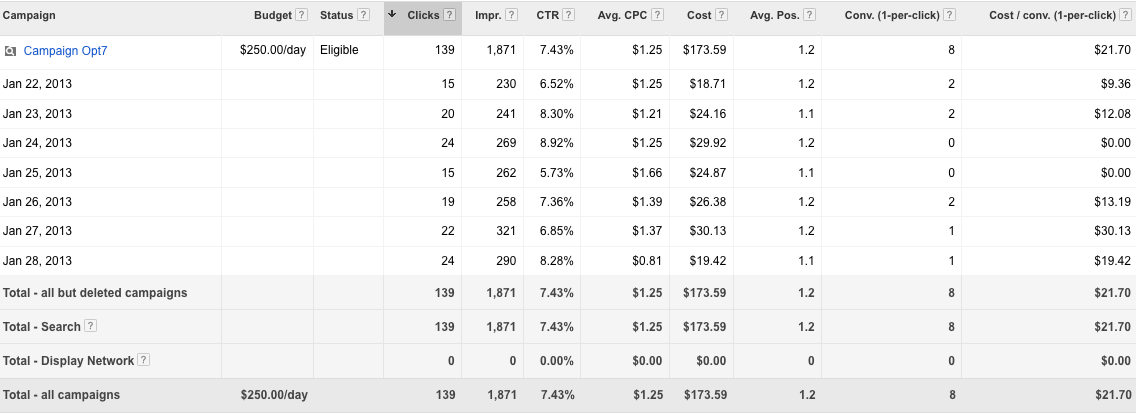One of the first things we do for our clients is a competitive and backlink analysis. This analysis details the client’s backlink profile, overall metrics, top linking domains, index status, organic keyword competitor overlap, and a summary of it all. This report is a great starting place to examine a website’s strengths and weaknesses and determine which marketing actions you should begin with to provide the best results.
To begin my report, I like to first write a small introductory paragraph. Here, I’ll explain which competitors were selected for the analysis and why. I’ll also explain the purpose of the analysis and what inferences we can expect to make using this data.
Vocabulary
For the second part of the introduction, I always include a vocabulary section that explains many of the technical terms that are used throughout the analysis. For example:
- Backlink
- Root Domain
- Internal Equity-Passing Links
- External Equity-Passing Links
- Total Internal Links
- Total External Links
- Followed Linking Root Domains
- Linking C-Blocks
- Domain Authority
- Organic Keywords
- Index Status
It is necessary for you to define these terms if you are sending the analysis to the client, as many non-marketers have no knowledge of these terms.
To complete the actual analysis, you first need to find relevant information about the client and their competitors. To do this, I use two different applications, Spyfu and Open Site Explorer.
Spyfu
Spyfu is an all-encompassing keyword research tool that provides insights into organic and paid keywords. You can use Spyfu to determine either your company or your competitors ranking keywords, budgets, and opportunities. Spyfu also generates a list of top organic competitors. My favorite aspect of Spyfu is their Kombat function. This allows you to directly compare your site to two of your competitors and compare keyword performance head to head.
Open Site Explorer
Moz Open Site Explorer is one of the most trusted names in SEO and for a good reason; they created domain authority rankings to better determine how a site will do in search results. From Open Site Explorer, you can determine your page authority, domain authority, linking root domains, total links, and social signals. Additionally, you can segment your link information into new links, equity passing links, inbound links, internal and external links, linking domains, link opportunities and more. Not only can you run these reports on your website, but you can also dig deep into your competitors and gain insight from their information.
Using the insight from these two applications, I can gain all of the necessary information to complete the analysis.
On to the Next Step, The Metrics Review
After the introduction is complete and I have gathered all of the relevant information, the next section I include is the overall metrics review. This section is a summary of the client’s root domain authority, total organic and paid keywords, social media platform likes, and monthly PPC budget. I provide the same figures for each of the competitors to make it easy to compare the clients’ efforts to their 4 top competitors.
After the metrics review, the next section I include is a screenshot from Open Site Explorer that details the clients’ root domain metrics when compared to its competitors. I also include a summary in this section that breaks down how the client performs in relation to its competitors. Often, it may seem that one competitor is doing much better than the client, but keep in mind that this is largely determined by the company’s size and budget, and therefore not a necessarily a bad thing. Although, it is best to compare your client to competitors who are about the same size in this section.
Then There are the Top 15 Linking Root Domains
In the next section, I create a chart that shows the top 15 linking root domains that link back to the client. I also include the domain authority of these pages and the number of linking root domains. This serves as a snapshot of the entire backlink profile of the client’s site. Once again, type an analysis of this section to make it easy for the client to understand.
Checking the Index Status
Here, I check the index status of the site. To do this, I conduct a Google search for www.ClientURL.com. This will determine how many pages on the client’s site have been indexed by Google. Do this for each of the selected competitors as well to determine their site size. Additionally, you can search to see how many pages are attributed to a site’s blog by searching www.ClientURL.com/blog or blog.ClientURL.com provided the URL is set up this way.
Client Keyword Overlap
The last section before the conclusion is the Client Keyword Overlap. For this section, I always include a screenshot of SpyFu’s organic Kombat diagrams that visually display the keyword universe of the client and its competitors. It is always good to include a breakdown of keyword ranking as well. List the number of page 1 keywords for the client, page 2 keywords, and page 3-5 keywords. Once again include an explanation of this section. If you wish to include a comprehensive list of keywords for the client, you can download a .csv from SpyFu and copy and paste the keywords into the document.
Finally!
Lastly, sum up the entire analysis in the conclusion. Use this section to explain to your client their strengths and weaknesses and how you plan to address these issues and improve the overall health of the site. The very last step is to send the analysis to the client and begin optimization.
If you need a backlink or competitive analysis performed for you or on a competitor, contact Optimum7 today.





